Keep Restaurant Equipment Safe: Proper Use of a Breading Station
May 7, 2018Keeping food safe and sanitary is vital for any restaurant.
A lot foodborne illness isn’t the result of the food itself, but rather a misuse of restaurant equipment that causes contamination.
A breading station is a piece of equipment that has a lot of opportunity for cross-contamination, since raw meat is used in it regularly. Make sure your policies and procedures reflect up-to-date safety standards and are strictly enforced.
What Foodborne Illness Can Do to Your Restaurant.
Your restaurant cannot afford to be known as the site of an illness outbreak due to carelessness. If negligence can be proved, you can be found liable for the sick person’s missed work, medical costs, and even long-term health.
There will be a lot financial consequences beyond the illness as well. You could be subject to regulator’s fines, increased insurance premiums, and may have to retrain your staff or close your restaurant temporarily.
In addition, you’ll suffer terrible bad press that can impact earnings for months or even years. In fact, being known as the source of foodborne illness due to misuse of restaurant equipment can cause your business to fail completely.
Foodborne illness can also affect your employees. If a staff member gets sick due to poor food hygiene, you’ll have to replace their hours and help others cover their work. You may even have to handle a worker’s compensation claim.
Avoid all of these by posting and enforcing food safety rules!
Breading Station Safety
In a commercial kitchen, your fryer can include a breading station right in front of the basket. This type of restaurant equipment helps ensure safety by minimizing the transport of raw meat, as well as keeping meat off of counters.
The breading station should be a removable bowl or basin. The breading mix, perhaps flour and seasonings, is placed in the basin. From there your cooks add the food and deposit it straight into the fry basket.
The first things that all fry cooks should know is to never mix meats in the same breading bowl, and to never follow meat with a vegetable. The breading basin should be replaced or dumped out and thoroughly washed before a new product is breaded.
Between batches of the same meat or vegetable, the breading mix must be kept colder than 41 degrees F. However, breading mix should never be kept overnight.
To help enforce these policies, remind your staff that it’s for their safety as well as the safety of the guests. It really does matter if you leave the flour out “just a few minutes” – anyone can get distracted. The kitchen manager should also make sure restaurant equipment and breading basins are clean and available so no one is caught short.
Get the Right Restaurant Equipment For Your Kitchen
At Tipton Equipment, we want to make it easy for you to find all the pieces your kitchen needs. We offer a wide variety of restaurant equipment, from grills to fryers to breading stations and more.
We’d love to help you outfit your restaurant with the best equipment available. Contact us today and let us know your needs!
Kitchen Equipment: Choosing the Right Cutting Board
Every kitchen, from a food truck to a large restaurant, needs cutting boards. From vegetables to bread to meat and fish, your chefs and cooks have to chop things every day. Have you put a lot of thought into this important piece of kitchen equipment? Like many other...
Catering to Generation Z
As time marches on, we continue to have new generations arising behind the ones we’ve already named. Most recently everyone has been focused on Millennials, whose tech-savvy and focus on experiences over things have shifted the face of every industry. Now, there’s a...
4 Ways to Keep Your Restaurant Employees Engaged
You can have everything you need to run an amazing restaurant – a great menu, incredible chef, the best location, perfect pricing, and top-of-the-line kitchen equipment. But even with all of that, you won’t succeed if your employees are disengaged and unprofessional....
Kitchen Fun : Food and the Oscars
Hollywood’s biggest night was February 24th, 2019, and was it ever a show. There were stars, glitz, glamour, and amazing outfits everywhere. There were also cameras catching every moment, from the red carpet to the after-parties. What happened at the show and after...
4 Keys to Successful Commercial Kitchen Design
If you’re opening a new restaurant or renovating your existing kitchen, you probably already have some ideas about how it should look. However, it’s important to look beyond your own ideas and understand the keys to good design in general. This will help you...
Bring Together Your Back and Front of House
Does your restaurant feel like a simmering battle between the back of house (BOH) and front of house (FOH)? Or do both units get along famously? If your restaurant is like many, you find yourself somewhere in the middle. Rarely do you have an all-out war, but...
Commercial Kitchen Fun: Cooking With Mustard
One of the things that make owning a restaurant so fun is the ability to be creative with your menu. With the help of your chef and cooks, you can come up with some really fun dishes to serve. To get your imagination going, we’re going to share some fun dishes that...
Drive Traffic to Your Restaurant From Instagram
You have a lot of restaurant equipment that you need to make your location run smoothly. You might think about your point-of-sale system, refrigeration units, cooking equipment, and more. But what about Instagram? That’s right, a social media platform can be one of...
Handling Theft in Your Convenience Store
Running a convenience store is challenging to say the least. You need to staff it, but not with too many people. Then again, too few and you have a lot of problems – including theft. There are three groups that can be responsible for product and money loss in your...
Kitchen Equipment Spotlight: How Clean is Your Coffee Pot?
If you were going to rank kitchen equipment based on how much work it does, the humble coffee pot has to be near the top. In almost every restaurant, people order coffee with their meal or dessert. The problem is that because the coffee pot is working so hard, it...
Should You Add a Food Truck to Your Restaurant?
If your restaurant is doing well, you might be thinking about opening a second location. After all, that’s usually the next step when it’s time to expand, right? Before you jump in, though, consider another option. Maybe having a food truck would be a better choice....
Kitchen Equipment Spotlight: How to Maintain a Commercial Freezer
Your commercial freezer can be a lifeline for your restaurant. Safe food storage is vital, and a high-quality freezer is essential kitchen equipment. However, a freezer is only as good as the maintenance that goes into it. Without proper care, your freezer will become...
Take Advantage of Your Customer’s Technology
Some restaurant owners hate seeing customers snapping photos of food – it means that the food isn’t eaten at its best, and sometimes it’s a sign of a table that’s going to be slow to turn over. Then there are other owners and managers who see an opportunity. The truth...
How to Reduce Turnover at Your Restaurant
Having the right employees can make or break your restaurant. You can have the best food and kitchen supplies, but tension in the back of the house can cause delays, poor morale, and even the loss of key staff. You can have a beautiful dining room, but surly wait...
Should Your Commercial Kitchen Consider Catering?
As a business owner, it’s important to always be looking for new ways to grow your business. There are a lot of ways to do this, and one of the most common for many restaurants is catering. Of course, catering changes how your commercial kitchen runs a lot of the...


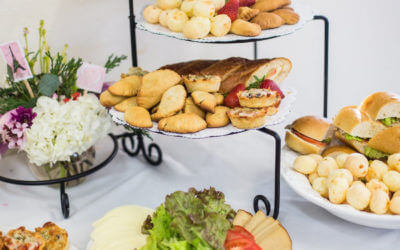
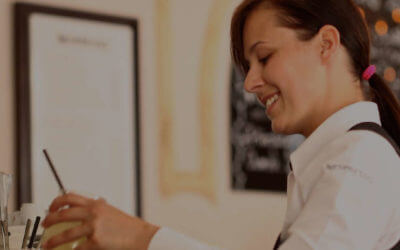

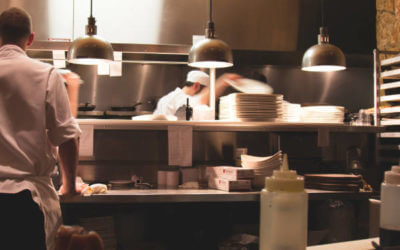
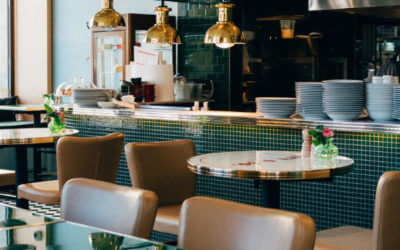
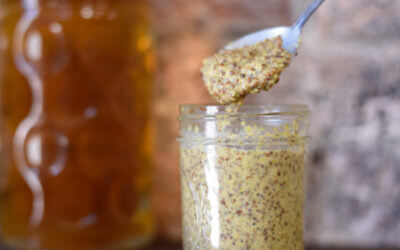

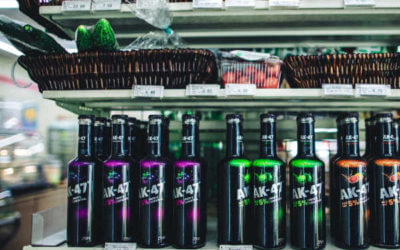




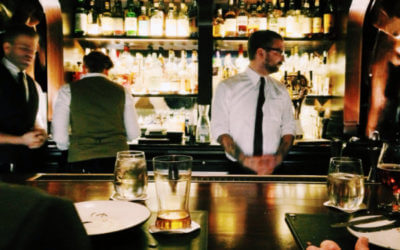
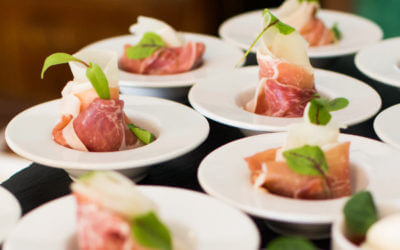
I applaud the writer for shedding light on this topic and emphasizing the significance of keeping restaurant equipment safe. Found the tip to never mix meats in the same breading bowl, and to never follow meat with a vegetable in order to avoid cross-contamination quite useful. In conclusion, mastering the art of breading goes beyond creating mouthwatering dishes; it involves a deep commitment to safety and best practices.